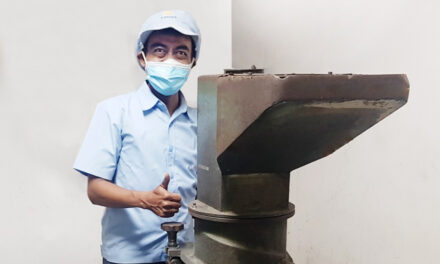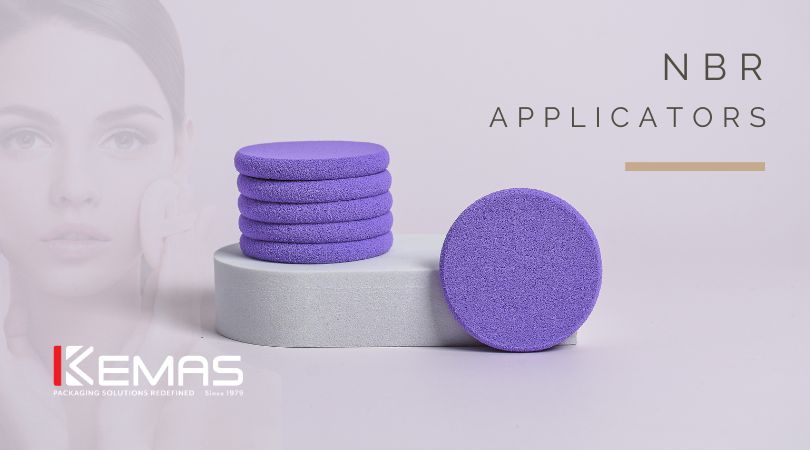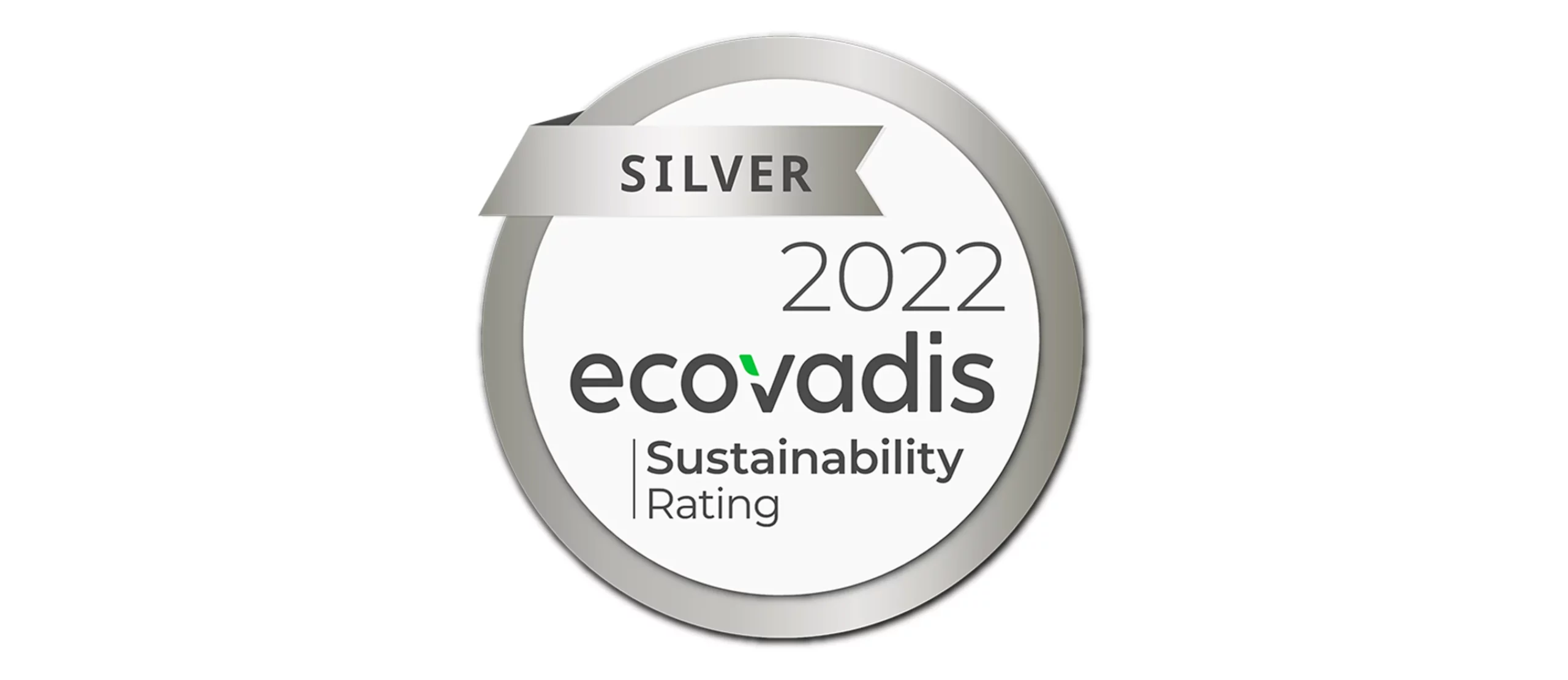As the Director of Business and Development at PT Kemas Indah Maju, I am deeply concerned about the pressing issue of plastic pollution and its significant contribution by the cosmetic industry. Plastic packaging has long been favored in cosmetics due to its versatility, durability, and affordability. However, we cannot overlook the detrimental consequences that plastic pollution has on our environment. In this article, I want to emphasize the urgency of replacing plastic with sustainable packaging materials in the cosmetic industry, considering the current state of our planet and the adverse impact of plastic cosmetic packaging on our surroundings.
The Plastic Dilemma
Plastic packaging has dominated the cosmetic industry, but its adverse effects on the environment cannot be ignored. Plastics are non-biodegradable, persisting in our environment for hundreds of years. Over time, they break down into microplastics, infiltrating our soil, water bodies, and even the air we breathe. These microplastics enter the food chain, posing threats to marine life, animals, and potentially human health.
The Earth’s Present Condition
Our planet is already suffering from the consequences of plastic pollution. Let’s take a look at some recent conditions that highlight the gravity of this issue:
- Microplastics in Water: A study published in Environmental Science & Technology revealed that a staggering 9.5 million metric tons of microplastics currently float in our oceans. These tiny particles not only harm marine organisms but also find their way into the human food chain through seafood consumption.
- Landfill Crisis: According to the United Nations Environment Programme, approximately 60% of plastic waste ends up in landfills, with a significant portion coming from packaging materials. This puts immense pressure on our land resources and exacerbates the already critical issue of limited landfill space.
- Carbon Footprint: The production of plastic packaging contributes to greenhouse gas emissions. The extraction and refining of fossil fuels for plastic production, coupled with energy-intensive manufacturing processes, significantly contribute to climate change.
Statistics on Plastic Cosmetic Packaging
The cosmetic industry plays a major role in the plastic waste problem. Consider the following statistics that shed light on the scale of this issue:
- Single-Use Packaging: A report by the Ellen MacArthur Foundation estimates that the cosmetic industry alone produces 120 billion units of packaging annually, a significant portion of which is single-use plastic.
- Low Recycling Rates: According to the American Chemical Society, less than 9% of global plastic waste is recycled. This means that the majority of plastic packaging, including cosmetic containers, ends up in landfills or pollutes our environment.
- Microbeads in Personal Care Products: Until recently, microbeads, tiny plastic particles used in personal care products such as scrubs and toothpaste, were widely used. These microbeads often made their way into rivers and oceans, contributing to the contamination of aquatic ecosystems.
The Urgency for Sustainable Alternatives
Considering the dire state of our planet and the overwhelming evidence of plastic pollution, the need to replace plastic with sustainable packaging materials in the cosmetic industry has become urgent. Here’s why:
- Environmental Preservation: By adopting sustainable packaging alternatives, such as biodegradable materials or packaging made from recycled sources, the cosmetic industry can significantly reduce its environmental impact. This step is crucial to protect ecosystems and preserve biodiversity for the sake of future generations.
- Consumer Demand: Consumers are increasingly seeking eco-friendly products and are actively supporting companies that align with their environmental values. By embracing sustainable packaging, cosmetic brands can attract environmentally conscious consumers and enhance their brand reputation.
- Regulatory Measures: Governments and international organizations are introducing regulations and guidelines to address plastic pollution. By proactively adopting sustainable packaging practices, cosmetic companies can stay ahead of regulatory requirements and avoid potential penalties.
Conclusion
Plastic pollution poses a significant threat to our environment, and the cosmetic industry’s heavy reliance on plastic packaging exacerbates this problem. The urgency to replace plastic with sustainable packaging materials in the cosmetic industry is paramount. As the Director of Business and Development at PT Kemas Indah Maju, I strongly believe that it is crucial for us to take action now. Through collective efforts, we can bring about meaningful change, protect our planet, and create a more sustainable future for generations to come.

Dina K. Dinata
Author is Business Development Director at PT Kemas Indah Maju, a leading Indonesian cosmetic packaging manufacturer. Under her leadership, the company has made significant strides in sustainable materials, mold development, and premium product design. Dina’s expertise extends to promoting the adoption of eco-friendly material LIMEX in the beauty industry. She has shared her insights at renowned events like Jakarta ICI and CosmoBeaute 2022, presenting on “The Current Trends in Sustainable Packaging.” Dina’s remarkable achievements and commitment to sustainability make her an impressive and influential figure in the cosmetics packaging sector.



















